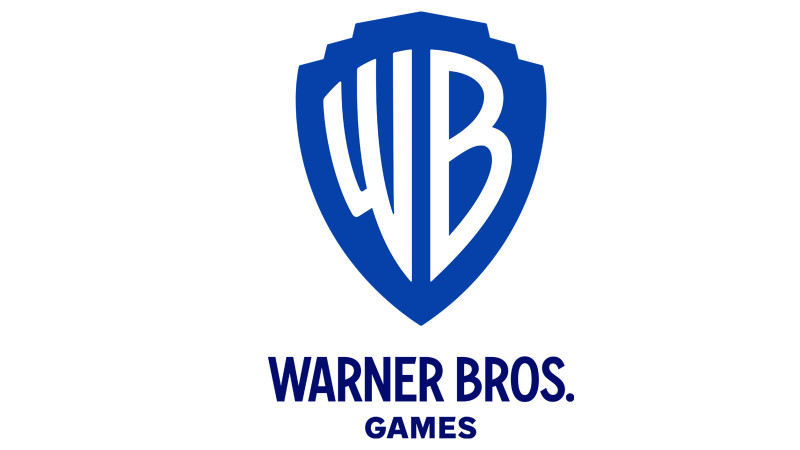It’s roughly been a year since Google launched its new Find My Device network, fortifying it with security features such as encrypted location sharing, unknown tracker alerts, and more. But so far, it has missed out on a notable feature that enables precise object tracking within Apple’s rival Find My network.
That is about to change soon, it seems. Talking to The Verge, Google’s Angela Hsiao hinted that the company will soon make an announcement regarding UWB integration within the Find My Device ecosystem.
“For what it’s worth, Hsiao told me that Google will have more to share on that “very soon,”’ the Google executive was quoted as saying. Now, this won’t be the first time that we’ve seen evidence of Google prepping UWB support, but it’s reassuring to hear from an executive, nonetheless.
Why does it matter?
UWB, short for Ultra Wideband chip, is a location and proximity detection method that relies on pulse-based transmission in a wide frequency range. Technically, it is a short-range wireless communication protocol, and thanks to its unique signal transmission-reception pathway, it enables precise location sensing within a centimeter range.
Simply put, it is much better than Bluetooth-based tracking. UWB chips are also fairly energy efficient and work well indoors. Starting with the iPhone 11 series, Apple has offered a UWB chip as a default perk on all of its mainline smartphones and the AirTag object tracker.
Thanks to UWB, Apple developed a new feature called Find Nearby in its Find My system, which makes it easier to find lost objects. When you are looking for a misplaced item in your vicinity, the UWB signals allow your iPhone to not only estimate the distance accurately, but also show you direction cues on the screen.

Starting with the iPhone 15, which introduced a next-gen UWB chip, Apple began offering a Precision Finding feature that can guide people using directional cues to find their friends, as well. It looks like Android, and the connected Google ecosystem woven around it, will finally tap into the benefits of UWB finding later this year.
The path ahead is ready
Midway through 2024, code sleuths discovered the mention of UWB at the heart of Google’s Find My Device app. More references about how it will enable directional cues for object tracking popped up a few months later in the app’s codebase.
Earlier this month, the folks over at Android Authority found more details about the UWB-powered precision finding system in Google’s tracking app. Google also has detailed documentation on Ultra-wideband (UWB) communication live on its Android developers resource hub, which is a clear sign of things to come.

But UWB is a two-way path, which means you need the chip fitted inside object trackers like the Moto Tag and smartphones, too. Not all phones come fitted with one. Even Google’s mainline Pixel 9 misses out on it.
That situation will also change later this year, at least for flagship phones. Qualcomm’s top-end Snapdragon 8 Elite SoC relies on the FastConnect 7900 modem, which combines the Wi-Fi, Bluetooth, and UWB hardware into a single package.
Smartphone manufacturers no longer have to spend extra on a dedicated UWB chip. However, it’s up to them whether they want to enable UWB functionality on their Snapdragon 8 Elite-powered devices.
Google’s big I/O developers conference is right around the corner. We expect the company to shed more light on its future plans for Find My Device and any potential UWB upgrades for it in the coming days.











